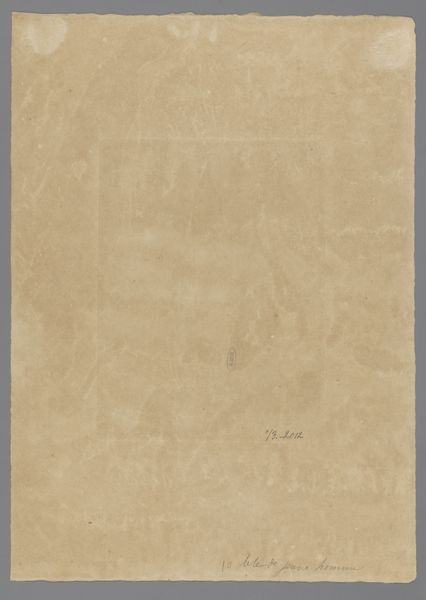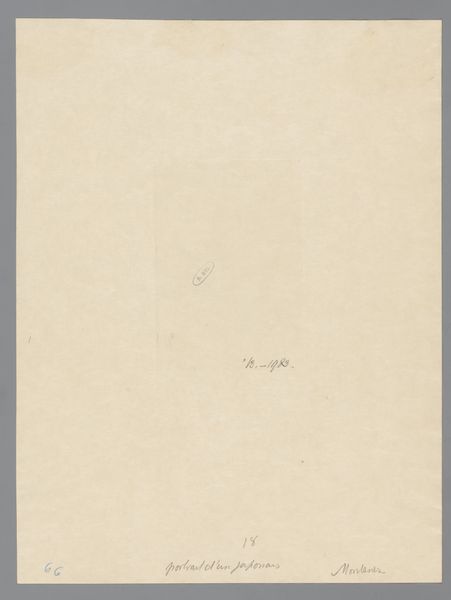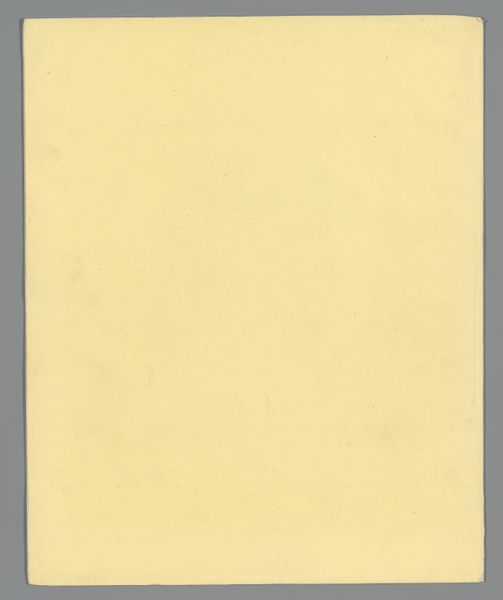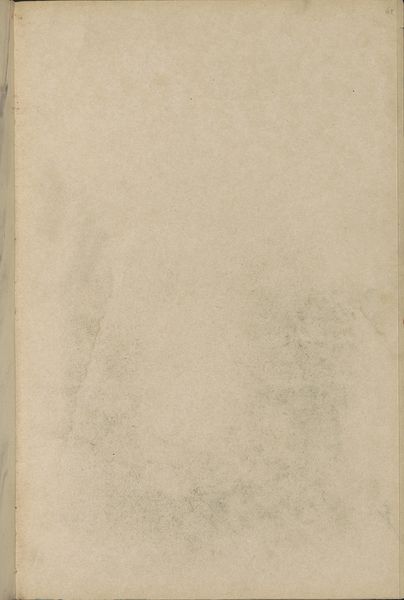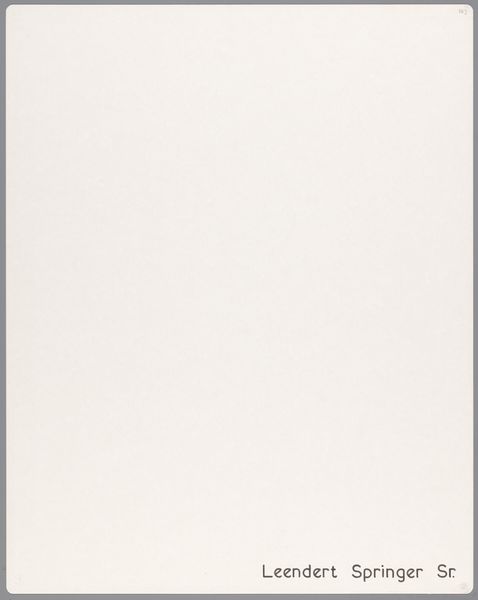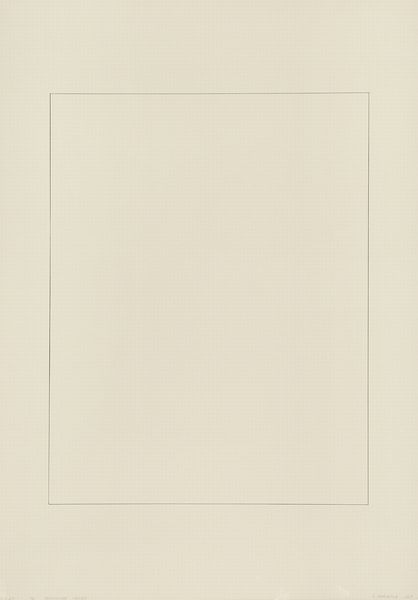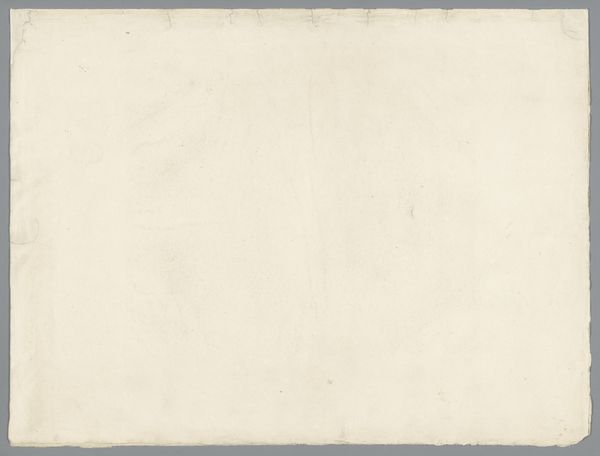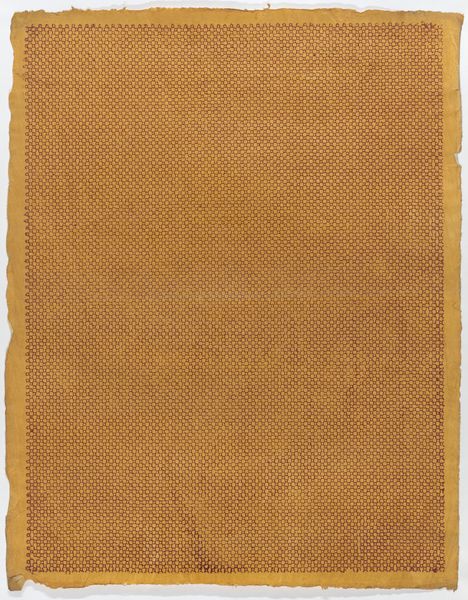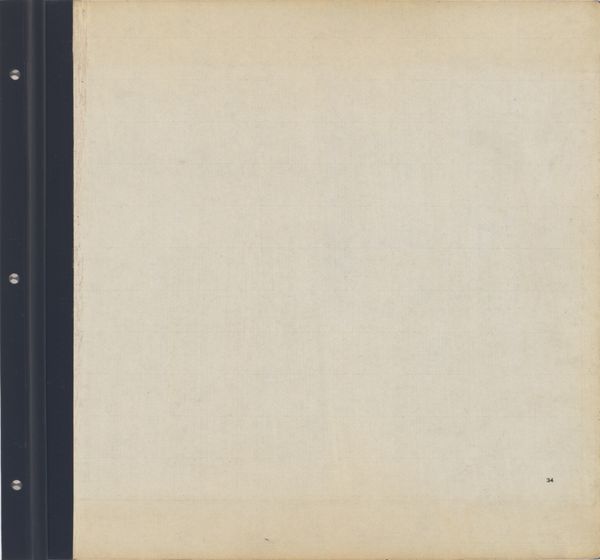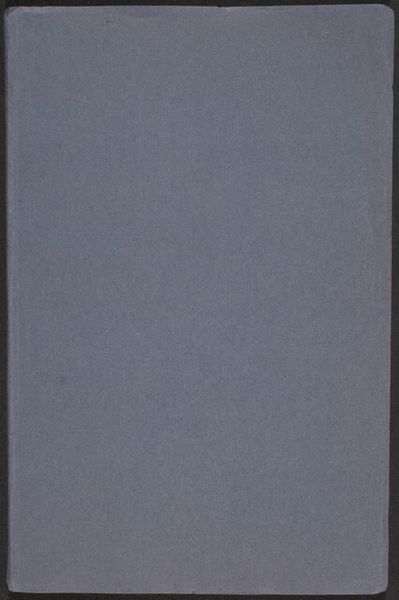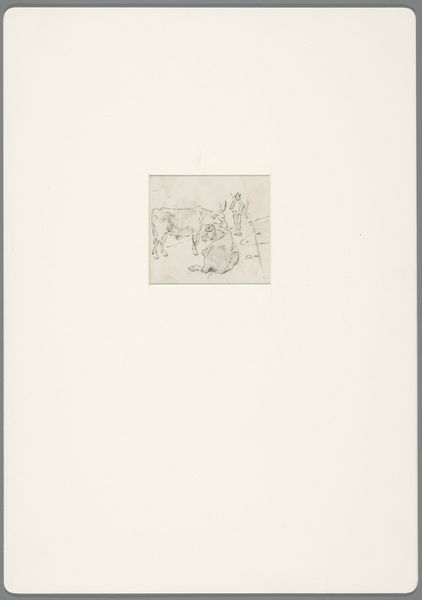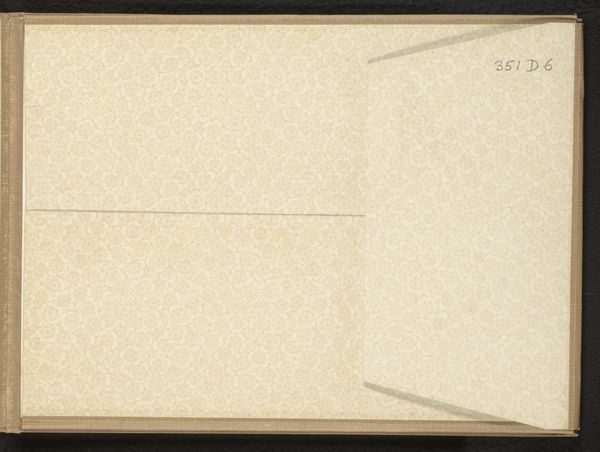
print, paper, photography
#
still-life-photography
# print
#
paper
#
photography
Dimensions: height 276 mm, width 200 mm
Copyright: Rijks Museum: Open Domain
Curator: Well, this piece by Georges Montenez, titled "Portret van een onbekende man in een interieur" which translates to "Portrait of an unknown man in an interior" from 1896, really exudes a particular mood. It is composed as a photographic print on paper. Editor: Yes, it certainly has a faded elegance about it. You know, my first reaction is one of almost mournful introspection. The sepia tones, the apparent age of the paper... It makes me consider the material conditions of producing such an image back then. What kind of paper was readily available? How did that affect the tonal range attainable by Montenez? Curator: Good points. Thinking historically, photographic portraiture was increasingly accessible to the middle classes by the late 19th century, becoming a means of documenting status and projecting an identity for generations to come. Editor: Absolutely, it's easy to romanticize photographs. However, we need to also remember it involved resources, from the photographic paper to studio rentals, chemicals, or the photographer's time itself. It was never a neutral process. The labor invested becomes an invisible part of the composition. Curator: Exactly. And let’s consider the pose. The gentleman’s gaze, his attire... it suggests respectability, aspiration. Did the subject actively participate in shaping that portrayal or were social conventions predominantly influential on shaping his public appearance? Editor: The paper itself seems to hold clues. You see these age-related distortions that speak of the materials changing nature, hinting at the photograph’s passage through different collections, environments, and storages. Even this decay shapes our understanding of the image today. Curator: That aging material reminds us this image hasn’t just survived; it’s been actively carried into our present, freighted with ever-changing meanings and uses. Its survival in public or private collections has guaranteed continued appreciation. Editor: Seeing this photograph again allows me to rethink ideas around access to representation during that time period and the kind of labor inherent in image production. Curator: For me, its lasting power lies in its intersection of social history and artistry, in that particular gaze frozen across time that remains surprisingly magnetic and even timeless.
Comments
No comments
Be the first to comment and join the conversation on the ultimate creative platform.
